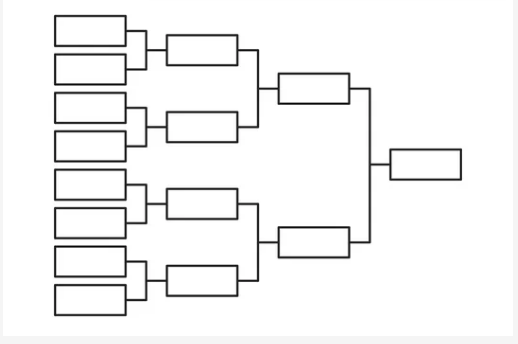This is a space for the DAO League Key-Points and features to be talked about and discussed.
Any team and community members who want to discuss ideas for this please feel free to do so.
I’ve gone on to ChatGPT and asked it to give me key features that should be discussed about if we are to do a DappRadar DAO League.
- League Structure: Decide on the overall structure of the league, including the number of tiers, criteria for participation, promotion and relegation rules, and season duration.
- Scoring System: Determine how DAOs will earn points within the league. Consider factors such as participation in events, community engagement, token utility, governance involvement, and project performance.
- Governance and Decision-Making: Establish governance mechanisms for the league, including voting processes, decision-making procedures, and dispute resolution mechanisms.
- Entry Requirements: Define the requirements for DAOs to participate in the league. This could include holding a minimum amount of liquidity, meeting certain governance criteria, or being a partner with DappRadar.
- Liquidity Lockup: Discuss whether participating DAOs should lock up liquidity as a requirement for entry into the league, and if so, determine the duration and conditions of the lockup.
- Prizes and Incentives: Determine what incentives and rewards will be offered to participating DAOs, including prizes for top performers, special privileges, or boosts for winning DAOs.
- Community Engagement: Explore strategies for engaging the broader community in the league, such as organizing events, creating educational content, or incentivizing participation through token rewards.
- Partnerships and Collaborations: Discuss opportunities for partnerships and collaborations with other organizations or projects to enhance the league’s reach and impact.
- Transparency and Accountability: Establish mechanisms for transparency and accountability within the league, including regular reporting, audits, and feedback loops with the community.
- Legal and Compliance Considerations: Address any legal and compliance requirements associated with running the league, including regulatory considerations, data protection, and intellectual property rights.
- Community Feedback and Iteration: Commit to ongoing communication and collaboration with the community, soliciting feedback, and iterating on the league’s structure and operations based on community input.
Lets start Building something Great.
I’ll wait till team members and community members interact to start discussing the ideas and have some idea as to where to start, as this is a DAO everyone is welcome to chip in.
Thanks for Reading
Ash
